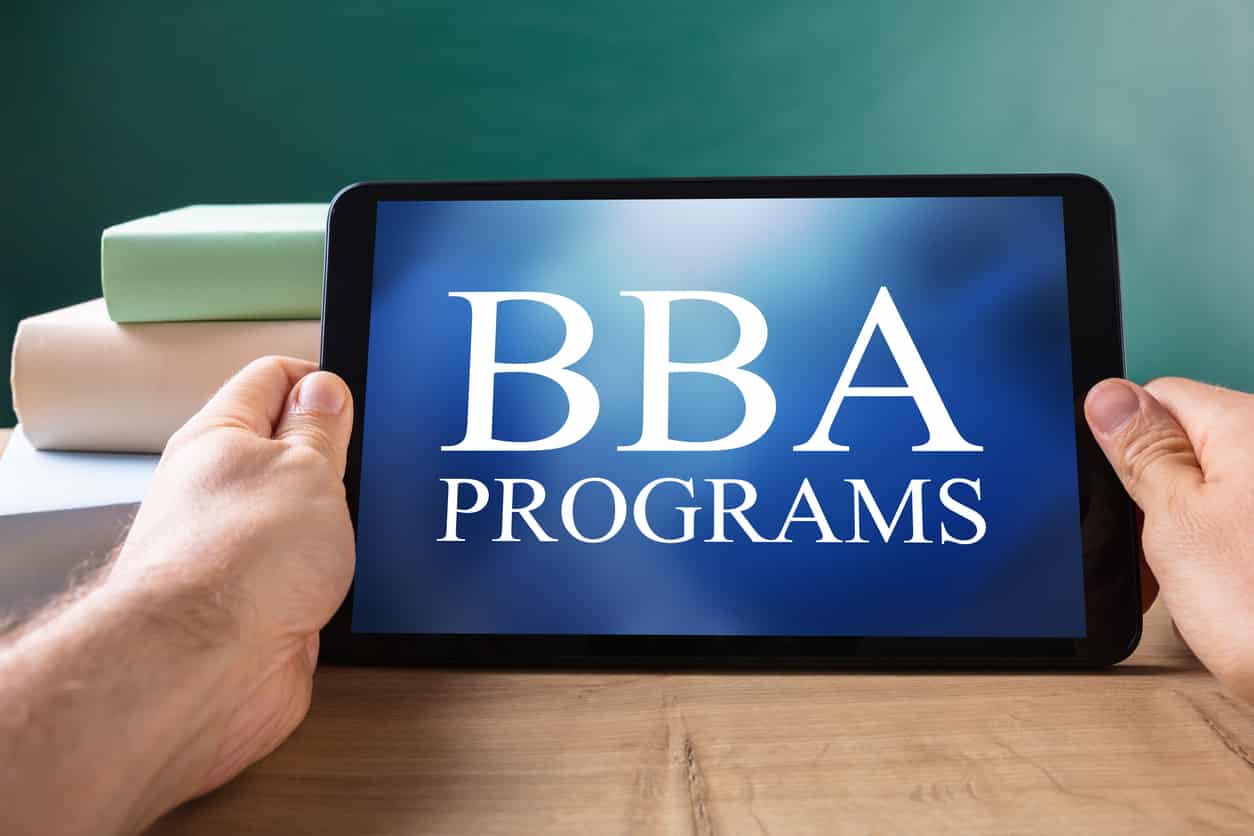Introduction
According to Michael Armstrong (1997), Human Resource Management can be defined as “a strategic approach to acquiring, developing, managing, motivating and gaining the commitment of the organization’s key resource – the people who work in and for it.”
One of the essential functions of Human Resource Management is engaging and communicating information with employees. The more the engagement levels are, the better the productivity and employee satisfaction. A well-designed recognition program can also play a significant role in boosting morale and ensuring employees feel valued, leading to better performance. If this function is properly planned and executed, it can do wonders for the organization and employees.
According to a LinkedIn report, with around 16000+ HR vacancies in India, there has been a great demand for Human Resource Management professionals.
It is also one of the most promising careers that an individual can choose today. But before diving into the HR field, it is advisable to know the primary functions of this vertical. For that, check out Great Learning Academy’s Human Resource Management Course. Also, technology has advanced to such an extent that automation has taken over most of the functions, and that has made the work of human resource professionals easier, faster, and more effective.
Before we dive into the functions, here is something you need to check- If you are passionate about making a career in the HR domain and are looking out for upskilling options, check out the Executive PG Program in Management. The program offers extensive and comprehensive knowledge about the functions and processes involved in the management domain.
9 Major functions of Human Resource Management:
The functions of Human Resource Management are:
1. Planning of Human Resources
Resource planning is important because it ensures that an organization has the necessary resources to complete its objectives. It also helps to ensure that the resources are used efficiently and effectively. The free resource planning course covers the principles of resource planning and how to create an effective plan.
This function of HRM (Human Resource Management) determines the number and type of employees required to accomplish a specific set of goals and tasks. It also forecasts the future requirements of organizations and helps in aligning the hiring process accordingly.
For example, an organization is planning to expand its workforce and allocate resources to different departments accordingly. It is now the responsibility of the human resources department to understand the requirements of the individual departments and understand what type of candidates they are looking for. Also, based on the inputs received from the higher management, if an expansion is on the cards, the HR professional must devise an effective plan to hire the right talents and ensure the company is neither understaffed nor overstaffed.
2. Recruitment
Hiring suitable candidates for the organization is one of the prime tasks of Human Resource Management. The human resource team is responsible for attracting people to work for the organization. Coordinating with the respective teams and understanding the skills and mindset they are looking for in a new team member must be the primary task the HR professional has to do before advertising or interviewing.
Recruitment plays an important role as it decides the talent that is going to be instrumental in driving the success of an organization.
3. Performance Management
Productivity and engagement of the employees are determined using this function. Sound leadership, constructive feedback, and clear communication are all signs of effective performance management. Also, performance management helps in ensuring that the workforce stays productive and engaged.
There are various modes available to do this function that includes bi-annual reviews, manager reviews, peer feedback, and sometimes even customer feedback are considered.
4. Learning and Development
Helping the employees to develop future-ready skills and knowledge is an important responsibility and is the fundamental function of Human Resource Management. It is beneficial to the organization if the employees are hand-in-glove with the latest technologies and skills of the era, as various projects require vision and skills of the future.
Various organizations have set budgets for promoting their employees to take up upskilling activities. In the United Kingdom, it is mandatory for employers to have an annual bill pay of more than £3 million to allocate 0.5% of their annual bill pay for employee development.
5. Compensation and Benefits
Compensation and benefits form the primary part of the total cost expenditure of an organization. While it is vital to keep a tab on these expenses, it is equally significant to pay the employees well. To balance the scale, the Human Resource Management professionals must formulate attractive yet efficient compensation and benefits packages to attract more employees and at the same time not affect the finances of the company.
The primary objective of this Human Resource Management function is to provide fair and equitable compensation to all employees. Also, it is the responsibility of human resource professionals to lay down guidelines and policies about employee compensation, including a deferred compensation plan and benefits. Not just conveying, but also implementing the policies and guidelines are under their task basket.
6. Employee Engagement and Communication
One of the essential functions of Human Resource Management is engaging and communicating information with employees. The more the engagement levels are, the better the productivity and employee satisfaction. If this function is properly planned and executed, it can do wonders for the organization and employees.
Communication and engagement can be in the form of newsletters, occasional meetups, celebrating festivals with games, etc., which can all be a good way to interact and engage with the employees. Imagine receiving a “How are you doing today?, let me know if you face any issues.” mail from your HR department or CEO. How would you feel? Valued right.
7. Health & Safety
Employers must follow the regulations issued by government authorities. Ensuring that these regulations and guidelines are followed and making them a part of the company culture is one of the main functions of Human Resources.
Integrating the safety regulations and policies with the company culture gives employees a sense of belonging towards the company as they feel that the employer is concerned about their employee’s safety. For example, in recent pandemic times, organizations organized free vaccine drives and wellness camps for their employees to get vaccinated. The move gave the employees a sense of hope that the company does care about their safety which boosted their mood towards work.
8. Employee Personal Support
Apart from discharging administrative responsibilities, the human resource team also assists employees when they run into personal problems. The need for employee support and assistance has exponentially increased during pandemic times, and leaving it unattended can affect workflow and productivity. Hence, this function of Human Resource Management ensures that employees get extra help and medical assistance if and when they need it. The assistance can be in the form of extra leaves, insurance, counselling, etc.
9. Industrial Relations
This function of HRM deals with fixing wage standards, improving the safety and working conditions of employees, reducing impromptu strikes, etc.
If you’re a part of a production or manufacturing unit, you will be aware of the unions that exist to protect employee interests. Trade Unions are formed in workplaces for the well-being of the workers, and they are pretty upfront and vocal about their demands. Hence, for smooth operations, the HR department must have cordial relations with the representatives of the unions. They must maintain a positive and friendly atmosphere to form amicable relations.
Concluding Thoughts
Human Resource is a very dynamic and power-packed role. An HR professional acts as the liaison between the employee and company and has the power to change lives and make employees’ experiences better in an organization. It is a vital arm of an organization and is not restricted to only hiring, which is a common misconception amongst the public. These functions encompass the role of an HR professional in an organization and can help you decide if you want to take this life-changing role.









